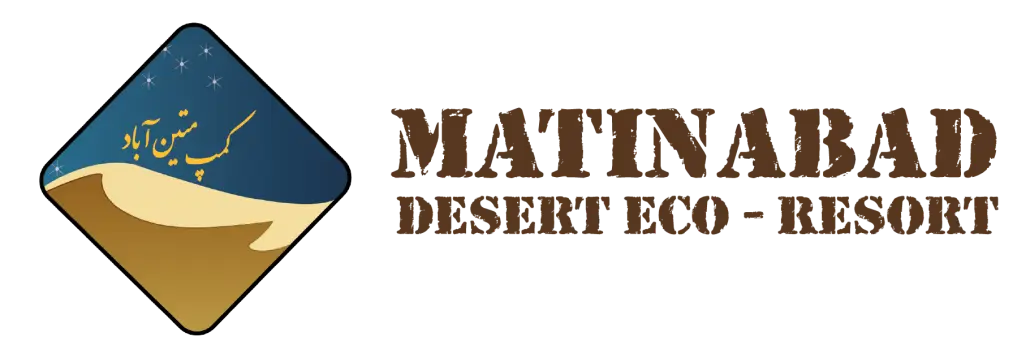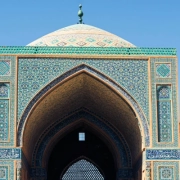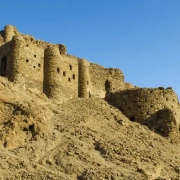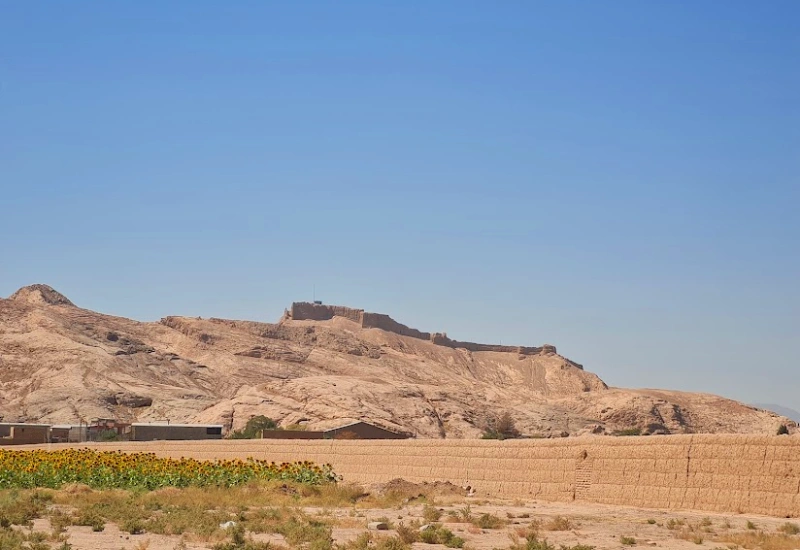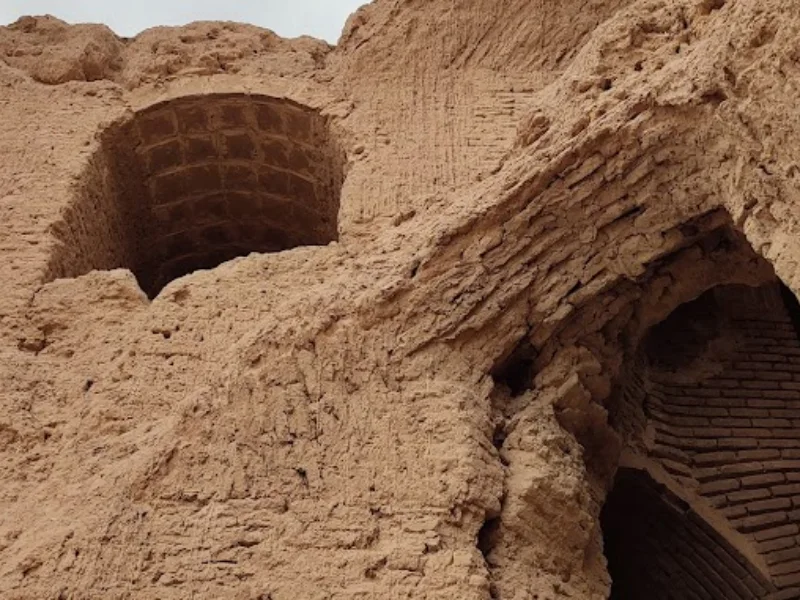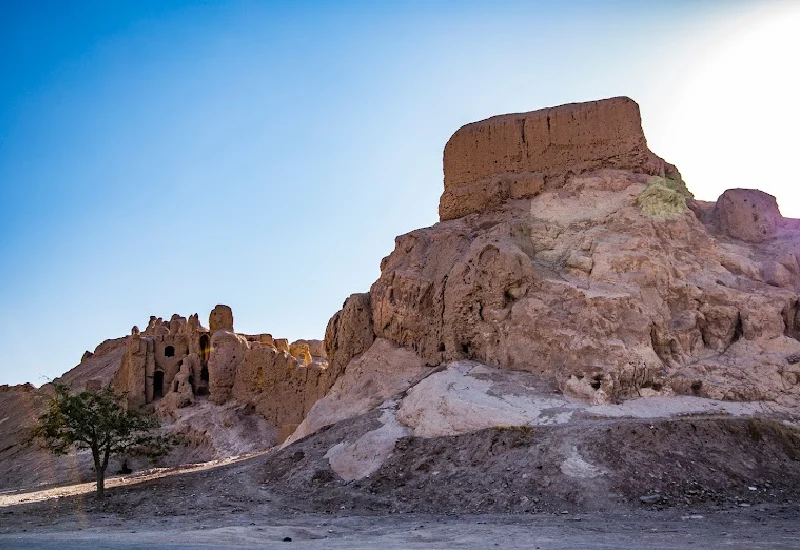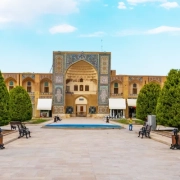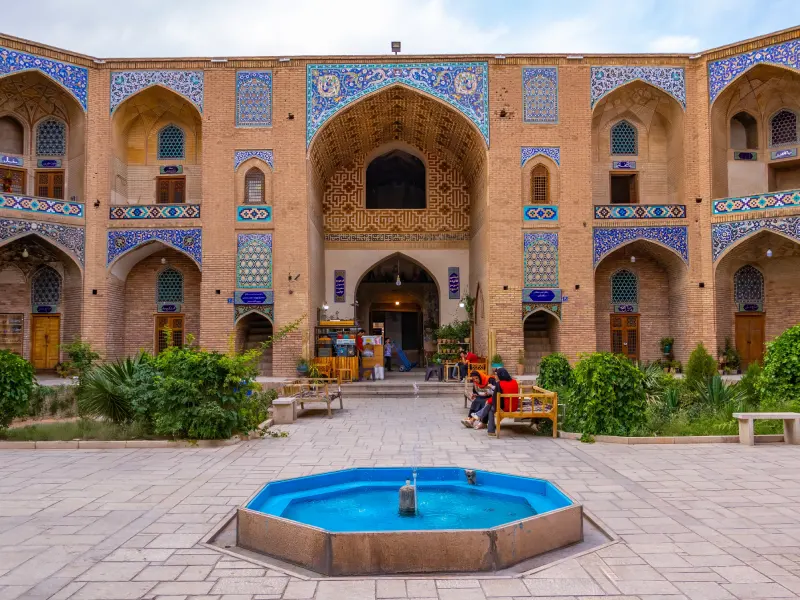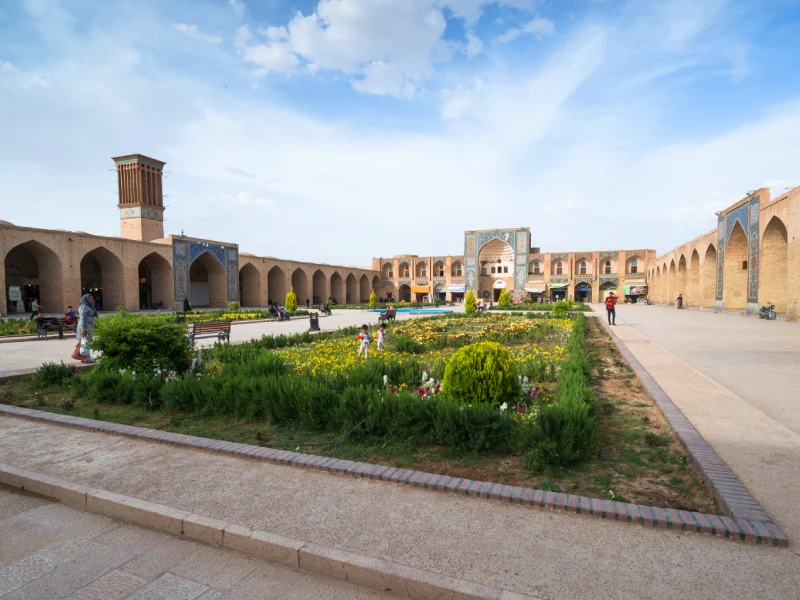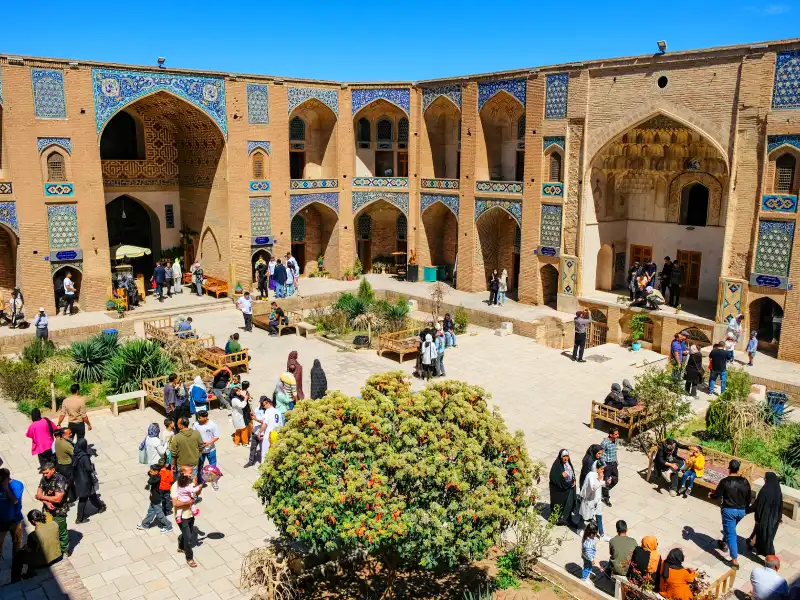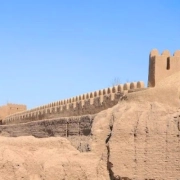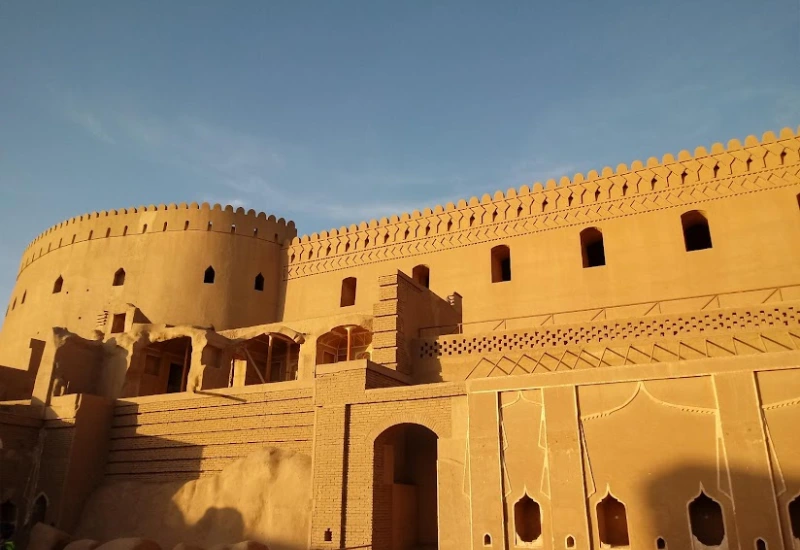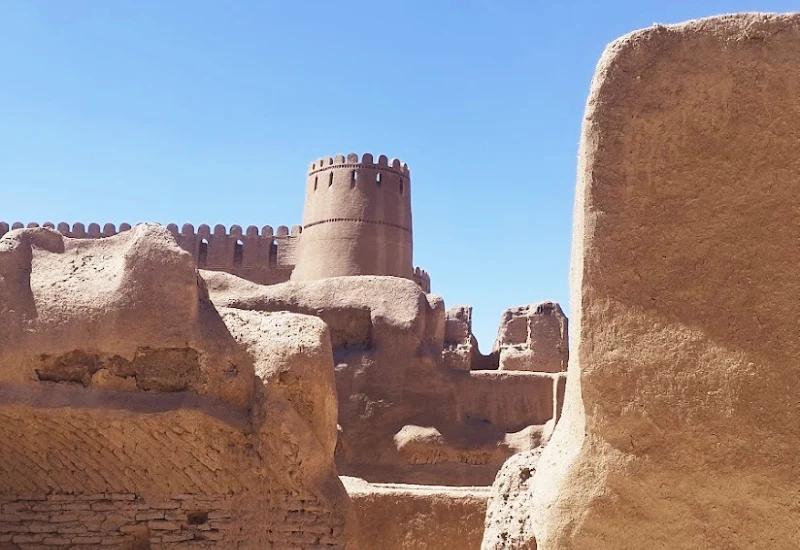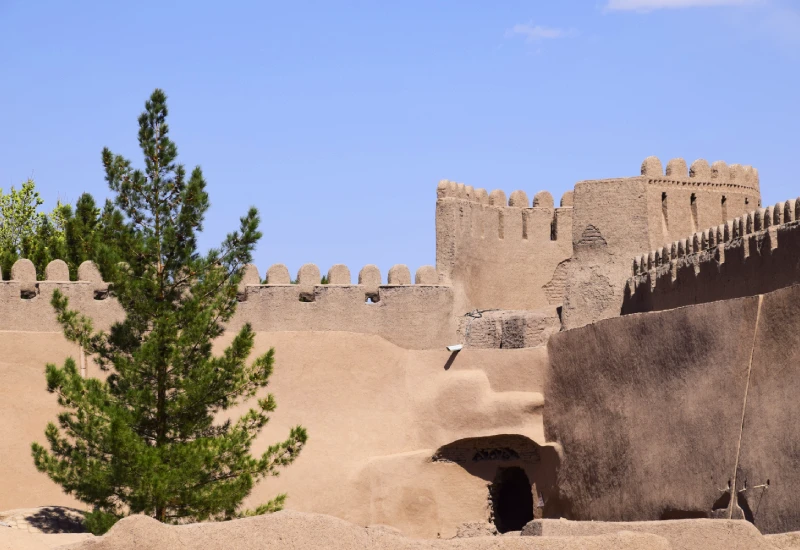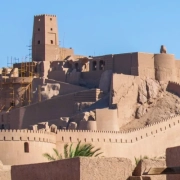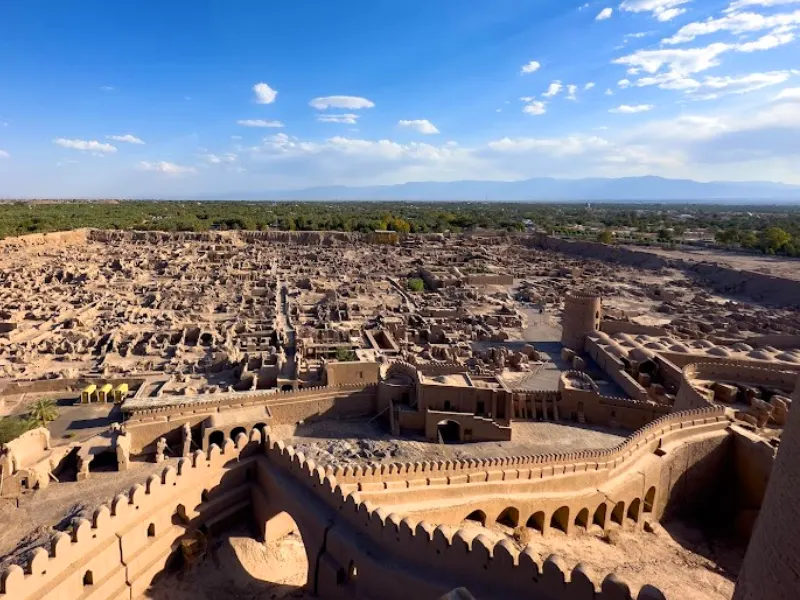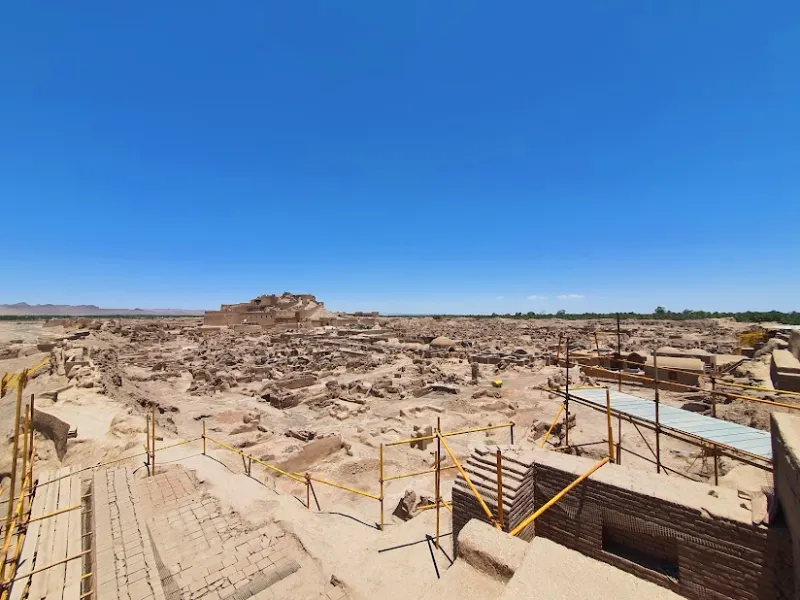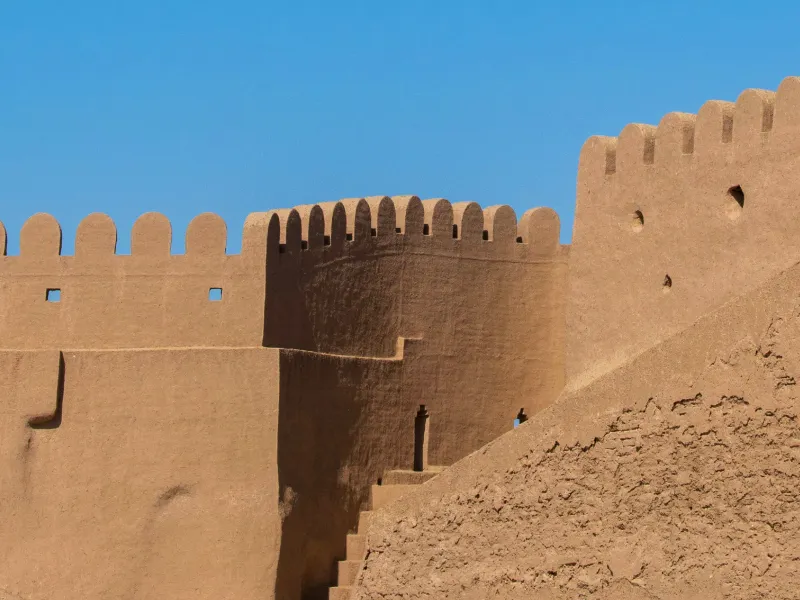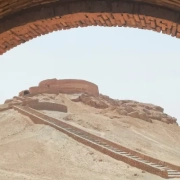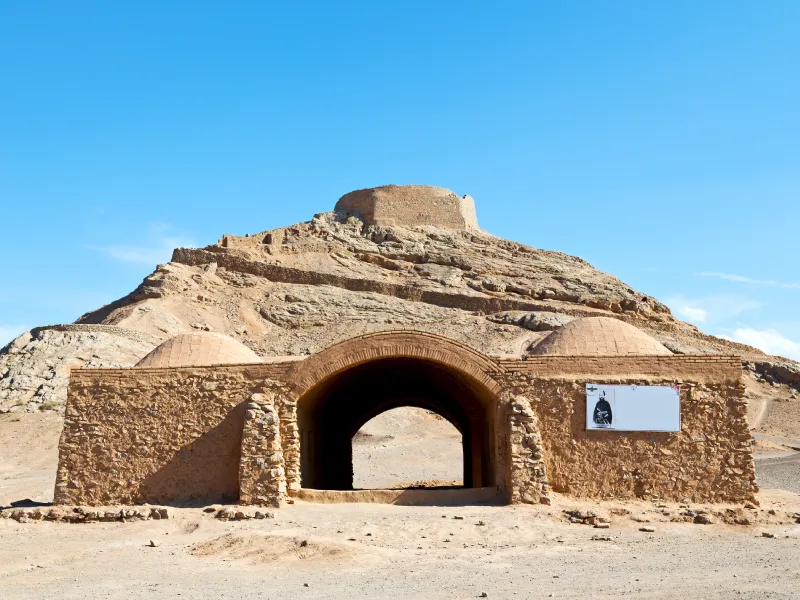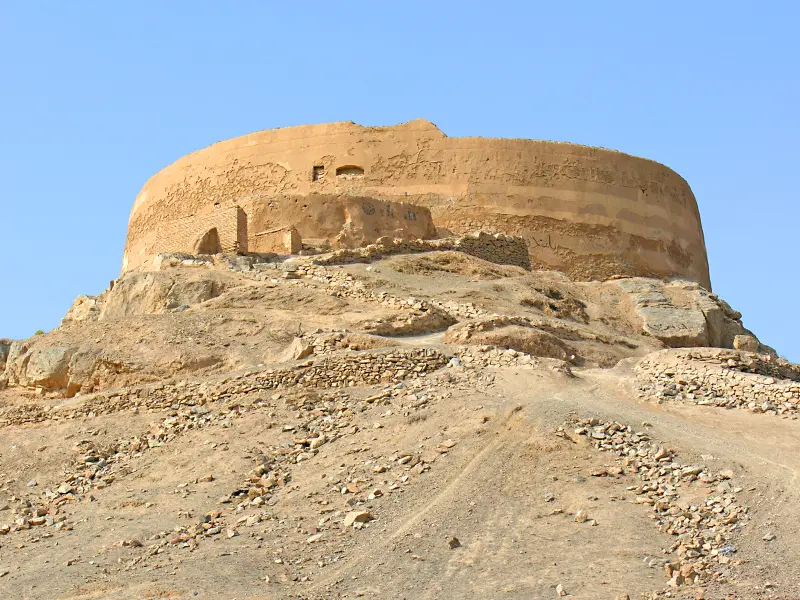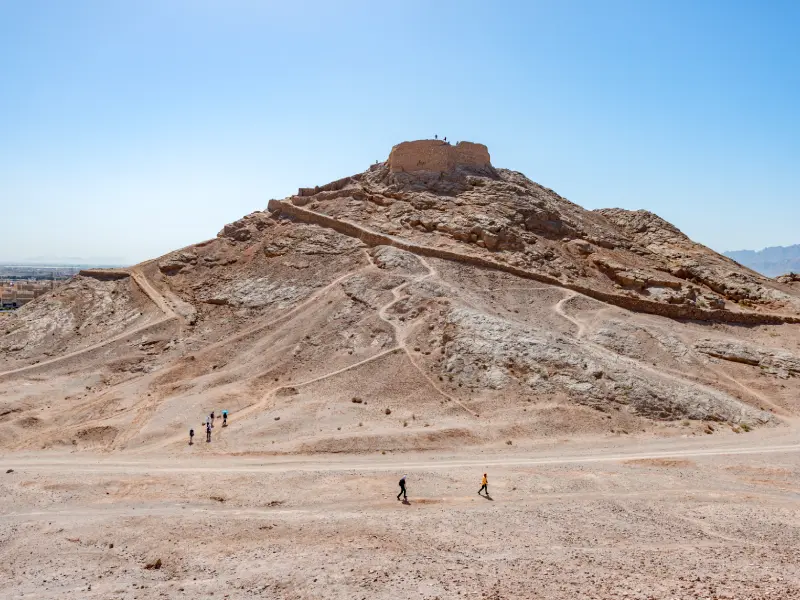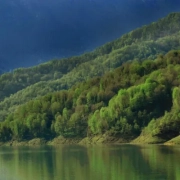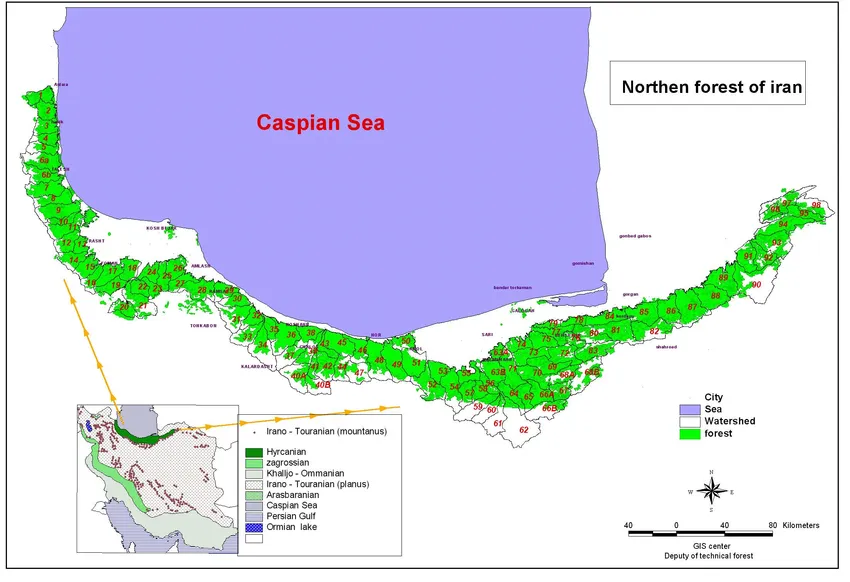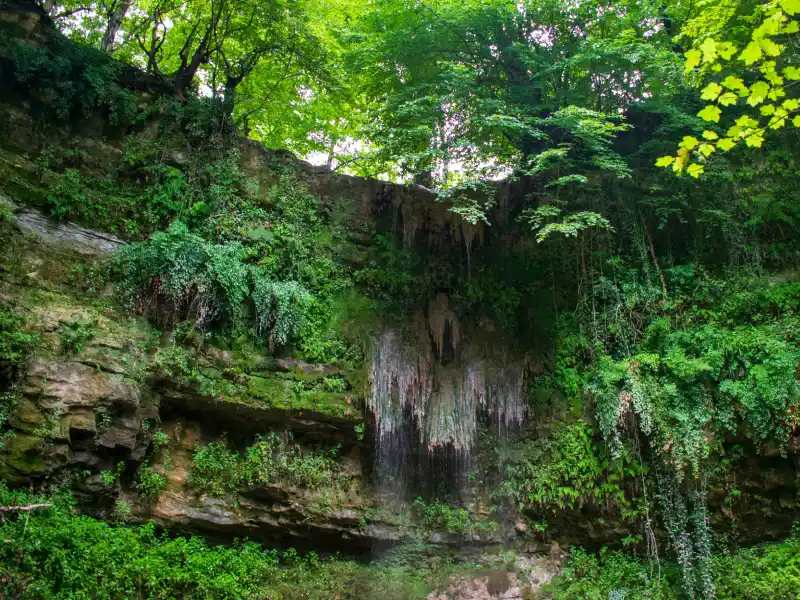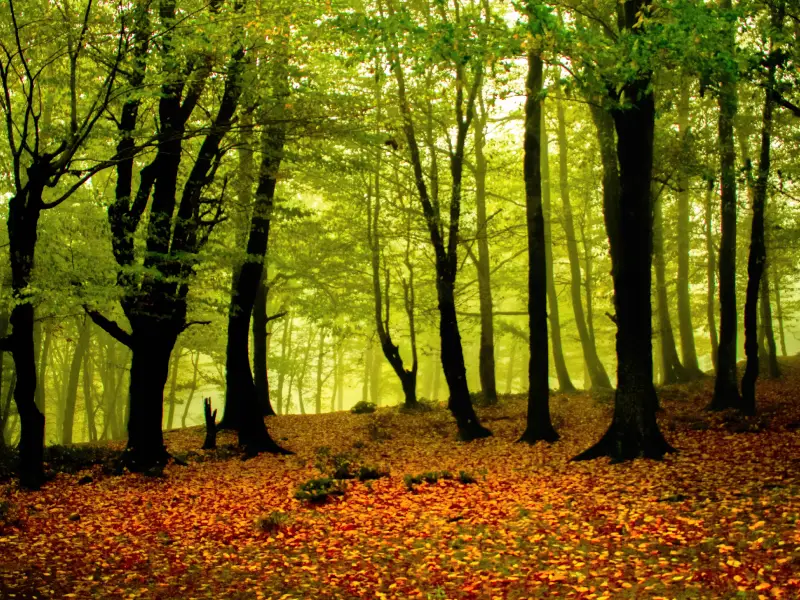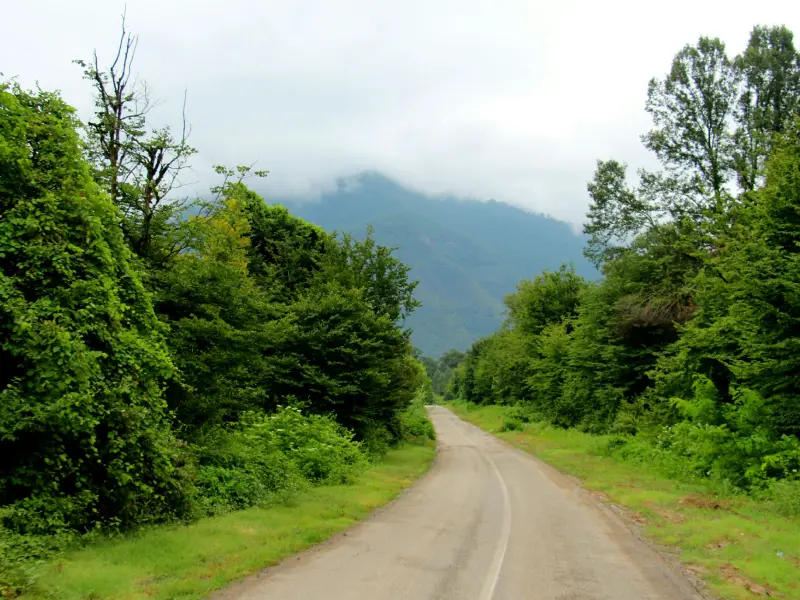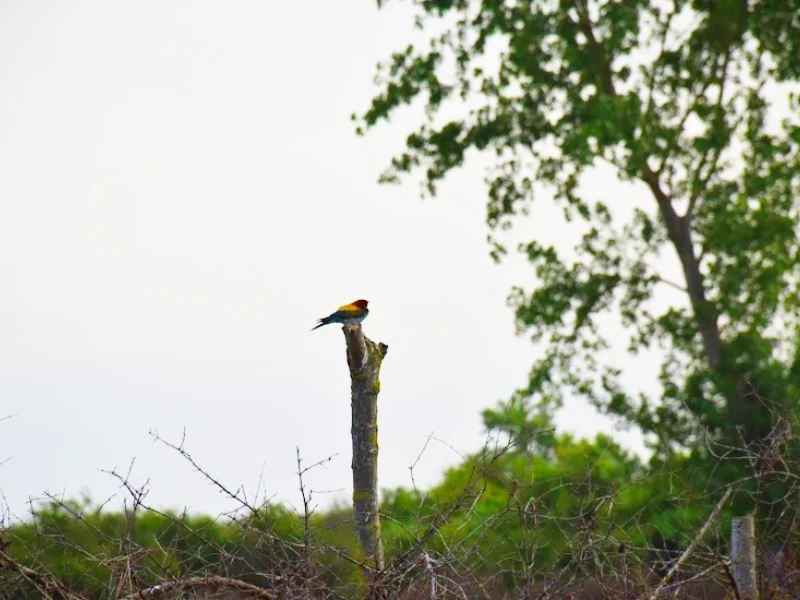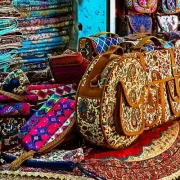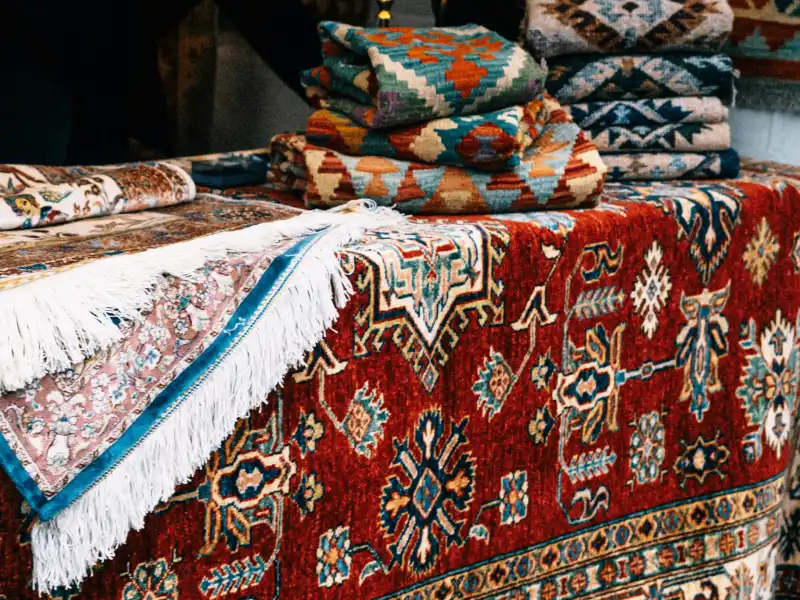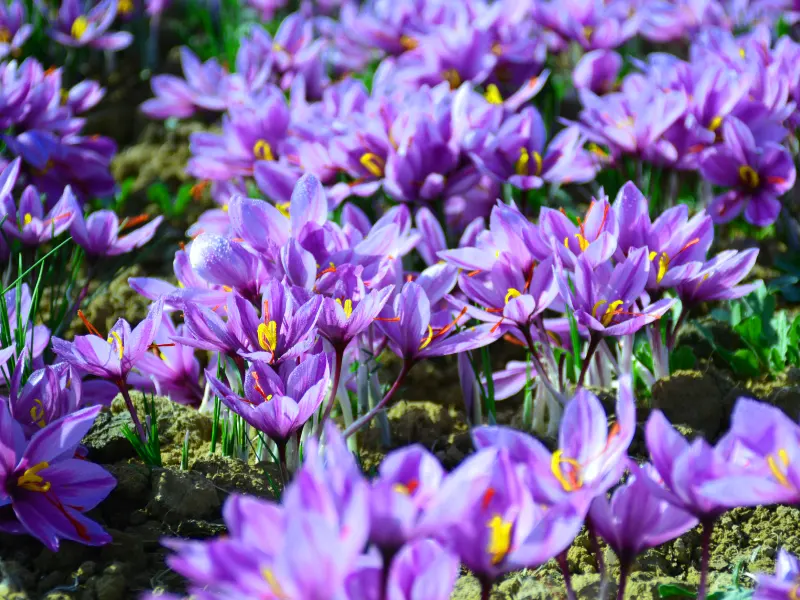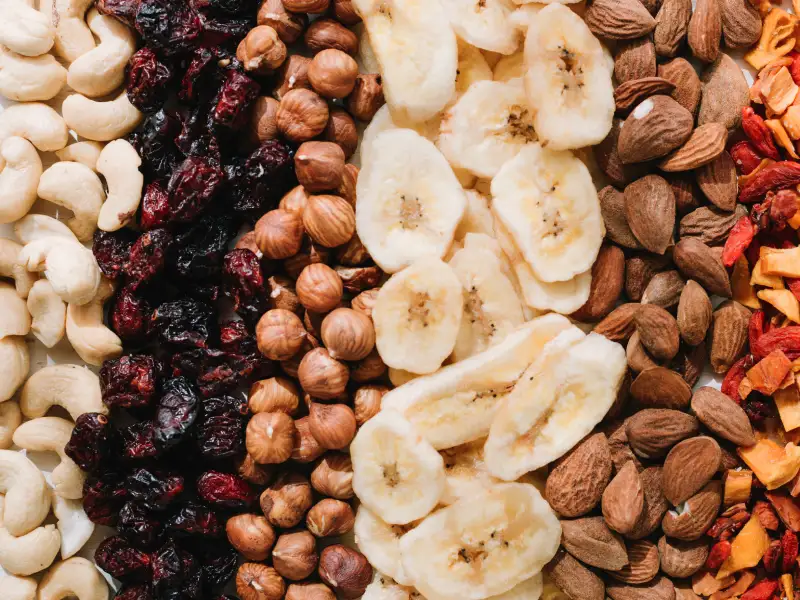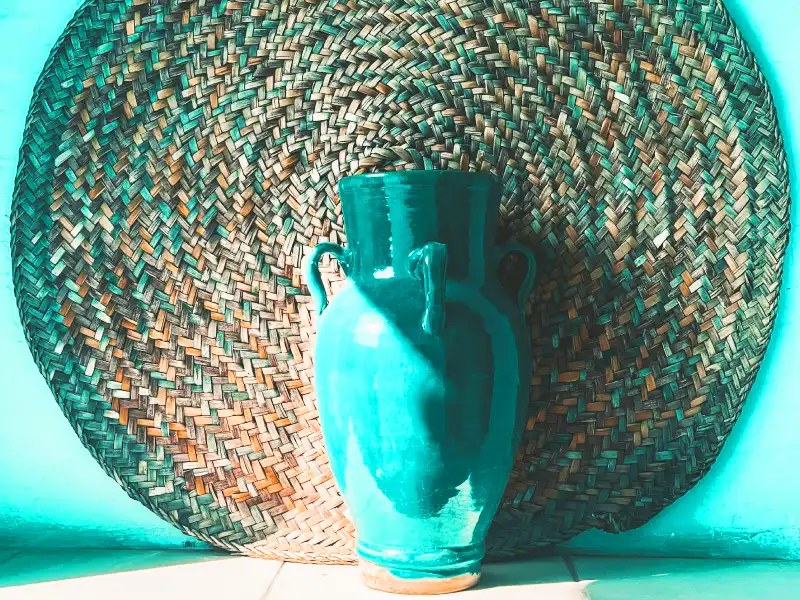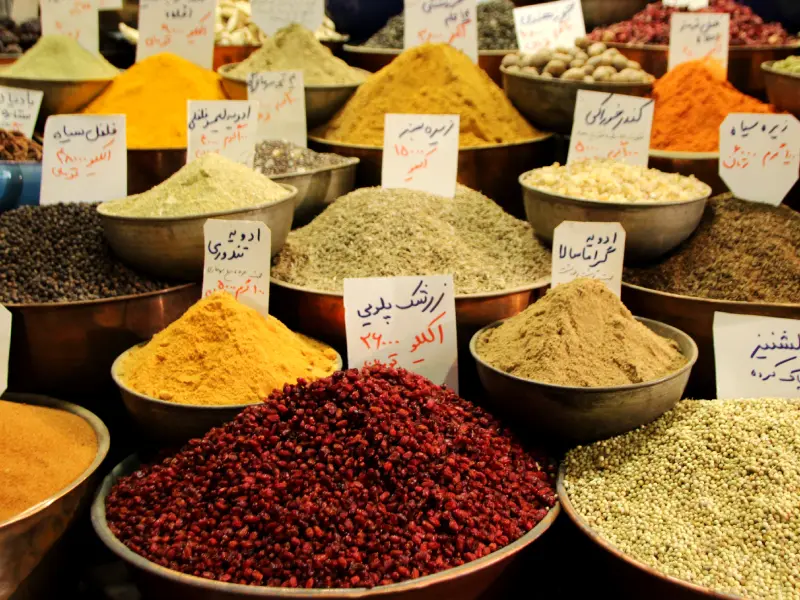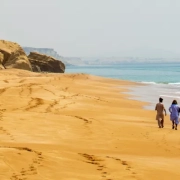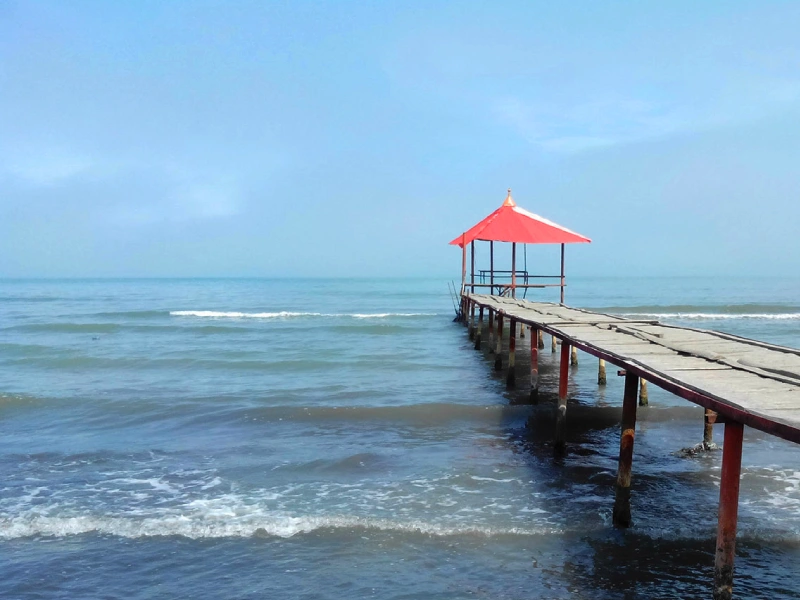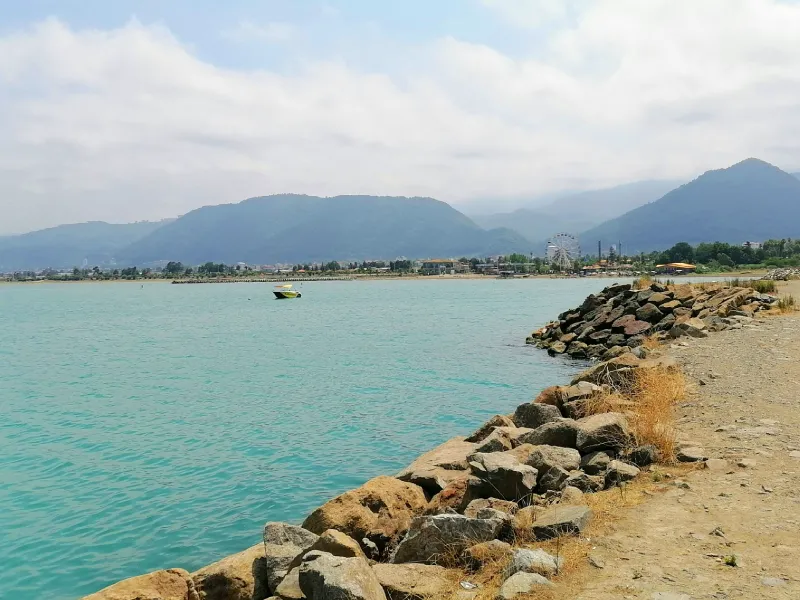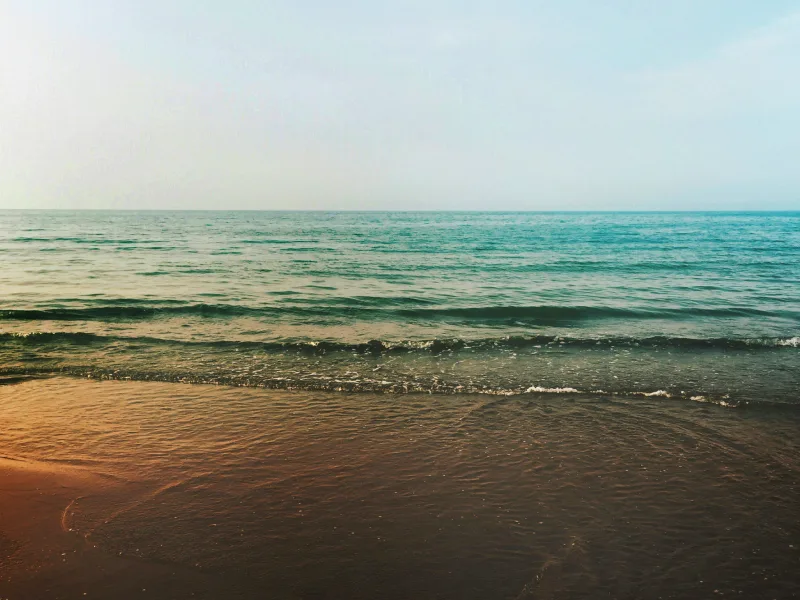Jameh Mosque of Yazd (Photos, Reviews, Location)
The Jameh Mosque of Yazd, a symbol of Iran’s rich cultural heritage, stands as a masterpiece of Islamic and Persian architecture. Situated in the heart of Yazd, this ancient mosque captivates visitors with its towering minarets, stunning tilework, and historical significance. Dive into this article to explore its history, architecture, and practical details that will make your visit unforgettable.
About Jameh Mosque of Yazd
The Jameh Mosque of Yazd, also known as Masjid-e-Jameh, is one of Iran’s most celebrated mosques. Located in Yazd, a city renowned for its ancient traditions and Zoroastrian roots, the mosque is a key attraction for tourists and historians alike. It represents a harmonious blend of artistry and spirituality, with its iconic blue-tiled facade and the tallest minarets in Iran.
This mosque isn’t just a place of worship; it’s a testament to the city’s Islamic Golden Age. For centuries, it has been a hub for religious, educational, and social gatherings, embodying the essence of Yazd’s cultural and historical richness.
Jameh Mosque of Yazd History
What is the history of Jameh Mosque of Yazd? The history of the Jameh Mosque of Yazd dates back to the 12th century, during the reign of the Atabaks of Yazd. However, much of its current structure was completed during the Timurid period in the 14th century. The mosque was built on the site of an ancient Sassanid fire temple, symbolizing the transition of religious practices in the region.
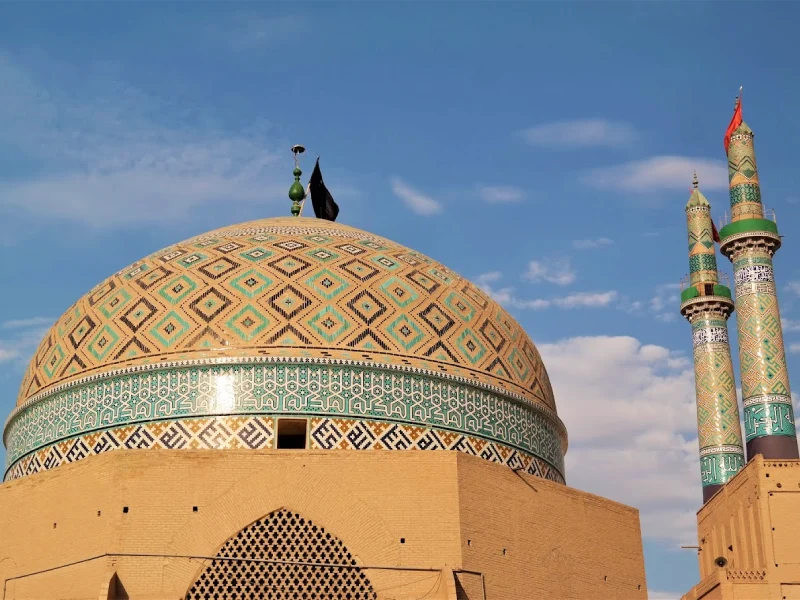
The mosque underwent several renovations and expansions over the centuries, with each era adding its artistic flair. It was a focal point during the Islamic period, showcasing the evolution of Iranian architecture and craftsmanship. The inscriptions and intricate details on the mosque’s walls reflect not only the artistry but also the theological beliefs of the time.
Jameh Mosque of Yazd Architecture
One of the most striking features of the Jameh Mosque of Yazd is its exquisite architecture. The mosque’s entrance, an imposing iwan (gateway), is adorned with intricate tilework in varying shades of blue, a hallmark of Persian Islamic art. The two minarets flanking the iwan are among the tallest in Iran, making the mosque visible from miles away.
Inside, visitors are greeted by an expansive courtyard surrounded by arcades and a prayer hall topped with a beautifully crafted dome. The mihrab, an ornate niche indicating the direction of Mecca, is another masterpiece, showcasing delicate stucco work and calligraphy.
The mosque’s design incorporates Yazd’s unique climatic needs. Its windcatchers and cooling systems ensure a comfortable environment even during the scorching summers. These architectural marvels reflect the ingenuity of Persian builders who adapted their designs to their surroundings.
Jameh Mosque of Yazd Minarets
The minarets of the Jameh Mosque of Yazd are among its most iconic features, standing as testaments to the skill and vision of Persian architects. Here are some intriguing facts that highlight their historical and architectural significance:
The twin minarets of the Jameh Mosque are renowned for being the tallest in Iran. Standing at an impressive height of approximately 52 meters, these minarets are visible from miles away, serving as a beacon for travelers and worshippers throughout history.
One of the remarkable aspects of these minarets is their perfect symmetry, which enhances the mosque’s architectural grandeur. Despite their towering height, they are meticulously balanced, flanking the iwan (entrance portal) with an elegance that reflects the precision of Persian craftsmanship.
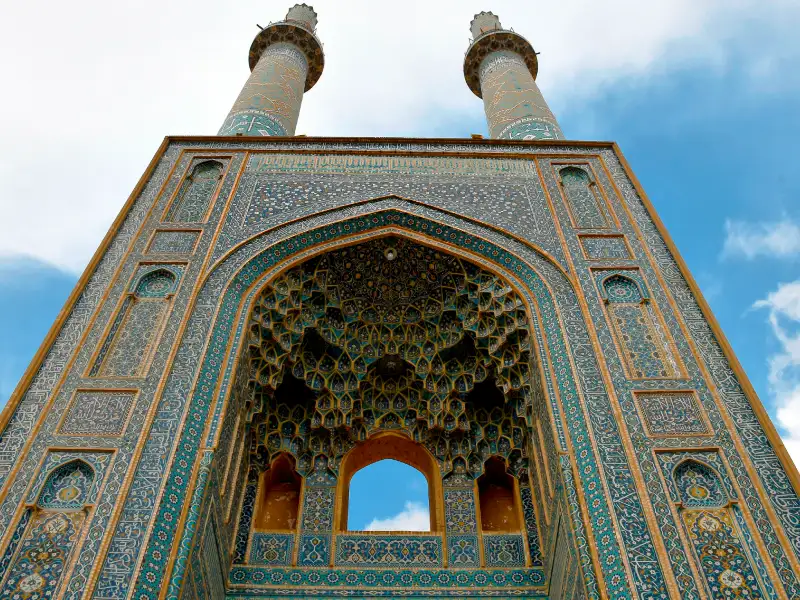
Historically, the minarets were used by the muezzin to call the faithful to prayer. Their height ensured that the call could be heard across the city of Yazd, emphasizing the mosque’s central role in community life.
The minarets of the Jameh Mosque of Yazd are more than just architectural features, they are cultural icons that tell the story of a city steeped in history and artistry. They stand as a proud reminder of Yazd’s golden era and continue to inspire awe and admiration in all who visit.
Jameh Mosque of Yazd Reviews
Visitors to the Jameh Mosque of Yazd often describe it as a mesmerizing experience. Reviews highlight the breathtaking beauty of the tilework, the serene atmosphere, and the sense of stepping back in time. Tourists frequently praise the hospitality of the locals and the accessibility of guides who provide deep insights into the mosque’s history.
Travelers also commend the mosque for its well-preserved condition and the spiritual ambiance that permeates its walls. Photographers are particularly drawn to the mosque’s intricate patterns, finding endless inspiration in its details.
Jameh Mosque of Yazd Timing
The Jameh Mosque of Yazd is open to visitors throughout the week, with timings typically aligned with standard daylight hours. It is advisable to visit during the early morning or late afternoon to avoid the midday heat, especially during the summer months.
Before visiting, check local updates, as prayer times or special events may restrict tourist access to certain areas of the mosque.
Jameh Mosque of Yazd Photos
Capturing the beauty of the Jameh Mosque of Yazd is a must for any traveler. Its grand iwan, intricate mosaics, and serene courtyard provide endless opportunities for stunning photographs.
Exterior Views: Highlight the towering minarets and the blue-tiled entrance.
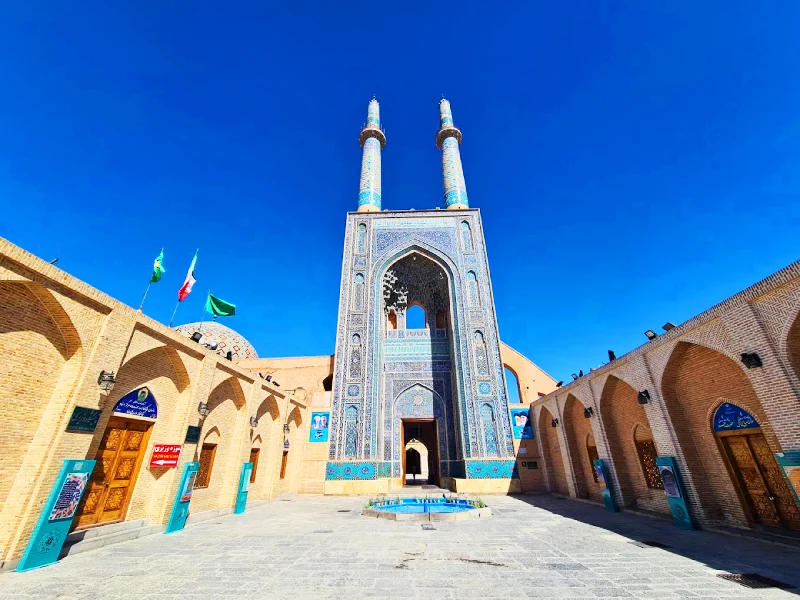
Interior Details: Focus on the mihrab, dome ceiling, and calligraphy.
Nighttime Glow: The mosque is equally enchanting at night, illuminated by soft lighting that accentuates its architectural features.
Visitors are encouraged to share their photos on social media, helping to promote this UNESCO World Heritage-listed city.
Jameh Mosque of Yazd Location
The Jameh Mosque of Yazd is conveniently situated in the city center, making it easily accessible for visitors. Its exact address is in the Fahadan district, a UNESCO-protected area known for its mud-brick architecture and labyrinthine alleys.
How to Reach:
Visitors can use taxis, private cars, or guided tours to reach the mosque. The Yazd city center is pedestrian-friendly, allowing for leisurely walks around the area.
Nearby Attractions:
The Amir Chakhmaq Complex, Zoroastrian Fire Temple, and Dowlat Abad Garden are all within a short distance, making it an ideal spot for a day of exploration.
Last Words
The Jameh Mosque of Yazd is more than just an architectural marvel; it is a gateway to Iran’s rich history and cultural heritage. From its awe-inspiring minarets to its tranquil prayer halls, every corner of this mosque tells a story of artistic excellence and spiritual devotion. It stands as one of the top things to do in Yazd.
Whether you’re a history enthusiast, an architecture lover, or simply seeking a serene escape, the Jameh Mosque of Yazd promises an unforgettable experience. Ensure you include it in your travel itinerary to fully appreciate the timeless charm of Yazd and its iconic mosque.
Are you planning to travel to Iran and looking for an Iran resort? Consider Matinabad Eco-resort.
